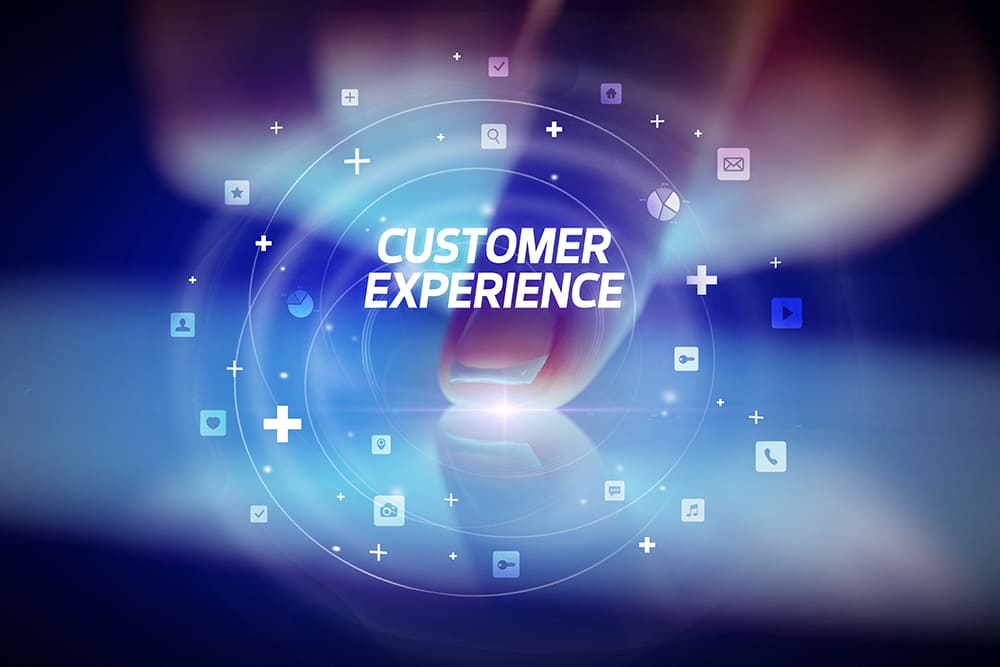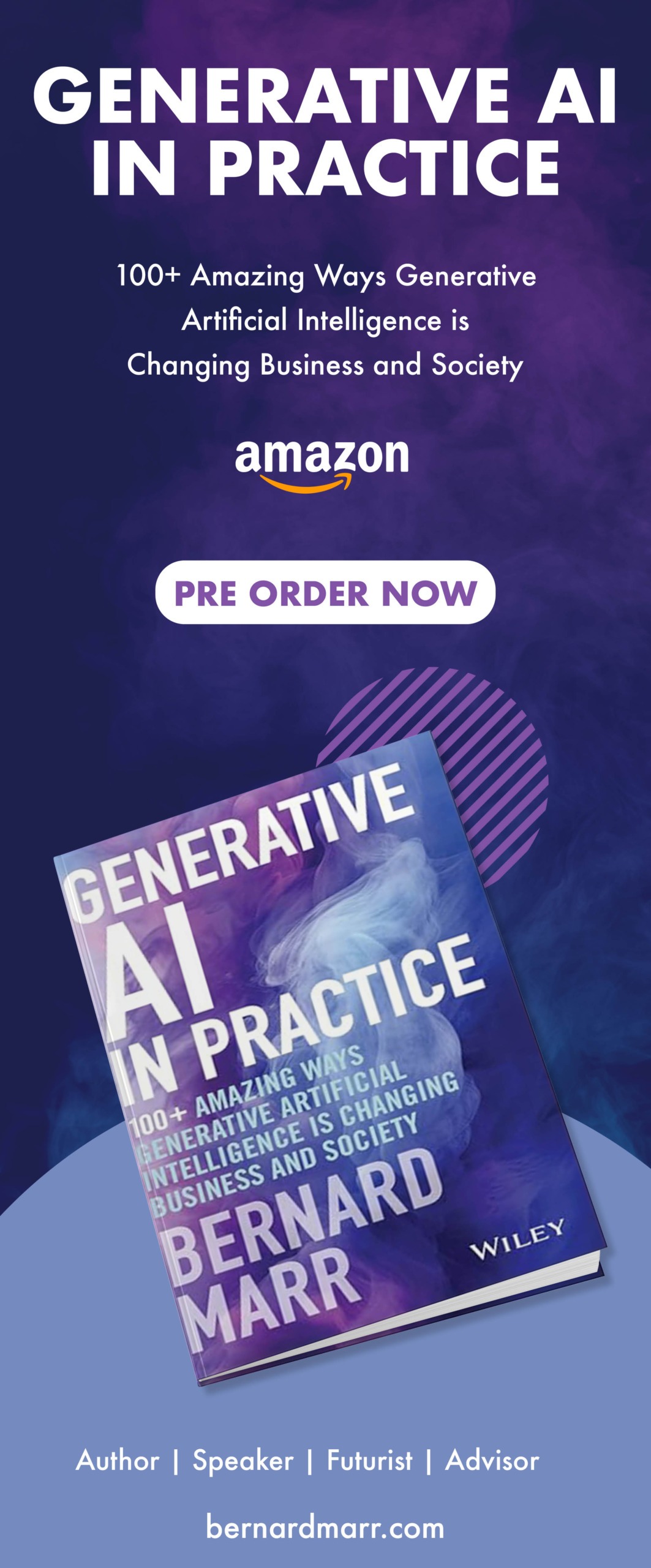The 8 Biggest Consumer And Customer Experience Trends In 2022
16 November 2021
Our world is changing rapidly, and so too are consumer expectations. Therefore, if your business wants to continue to add real value and solve customers’ problems, you will have to rethink your products and services to take account of the huge shifts taking place.
Broadly speaking, these shifts can be grouped into eight transformative consumer trends.

Trend 1: Channel digitization and expansion
No doubt your business has already embraced digital routes to connect with customers. Most have. But in the past, this digitization journey has generally treated digital channels – websites, social media, etc. – as add-ons. Now, the gear has shifted completely, and customers increasingly come to a business via a digital channel. Digital comes first, in other words.
One McKinsey global survey found that the COVID-19 crisis drastically accelerated the digitization of customer and supply chain interactions by three to four years – in the space of just a few months. This means businesses must focus their efforts on building better digital-first interactions with customers. For me, this means focusing on three specific areas:
- Apps
- A smooth omnichannel experience (where customers can move seamlessly between different channels and still get a cohesive customer experience)
- New, digital-only products
Trend 2: The cognification of products and services
There’s no escaping artificial intelligence (AI) and the Internet of Things. Both are inextricably part of our everyday lives now, as demonstrated by the increasing number of everyday products that are labeled “smart.”
This “cognifying” of products – a phrase coined by Kevin Kelly, founding executive editor of Wired magazine – is being applied to a wide range of products, from fridges and cars to huge industrial machines in factories. In fact, given the shrinking size and cost of sensors, pretty much anything can be made smart. But it’s not just products that are becoming more intelligent – services are also being beefed up with AI capabilities.
Trend 3: Micro-moments and personalization
In this age of hyper individualization, people want to feel special. They expect brands to understand and respond to their individual needs. They want something that’s unique to them, not the mass marketing strategies of the past. To put it another way, your customers are craving a more meaningful connection with your brand.
And they want it fast. Today’s customers are time-poor and constantly bombarded with content, so they expect quick solutions. The challenge (and opportunity) for businesses is to pinpoint those exact moments when customers are looking for a specific thing (be it a product, information, or whatever) and then quickly give it to them. In fact, the window to give customers what they're looking for maybe just a few seconds – and this is what Google refers to as “micro-moments.”
Trend 4: Subscription and servitization
For me, this is one of the most important future trends. Driven by the increasing cognification of products and services, organizations of all kinds can now delight their customers with thoughtful subscription-based services and products.
This trend is all about moving from a traditional business model, where the customer buys a product or service as and when they need it, to one where they sign up to receive that product or service on a regular basis. The customer benefits from convenient auto-renewals and builds a deeper connection with the brands they love. Meanwhile, the business generates predictable revenue – because, so long as you continue to provide value for the customer, they will continue to pay for it.
Trend 5: Cutting out the middleman
Also known as disintermediation, the direct-to-consumer trend essentially means bypassing traditional intermediaries in the supply chain – such as retailers, wholesalers, distributors, advertisers – to connect directly with the end consumer. Brands across all sectors are now finding new, direct routes to customers via online channels.
I believe all businesses must consider how they can build new ways to connect directly with their customers. And for intermediary organizations, such as banks and retailers, this trend obviously represents a significant challenge. These intermediaries – who have been quite powerful in the past – are being pushed out of the equation and will have to rethink their businesses accordingly.
Trend 6: From B2C to “all to all”
The customer-to-customer (C2C) economy – where customers connect with other customers to communicate or trade goods/services – has given rise to massive platform businesses, like Uber, Facebook, and Etsy. There is value in facilitating these interactions and transactions, and those platforms that can create a safe, easy way for customers to connect have seen enormous growth.
Even if your business isn't a platform business, it's worth paying attention to this trend. There may be an opportunity to pivot to a platform model or introduce a new business built around a value-adding platform.
Trend 7: More immersive experiences
Thanks to extended reality (XR) technologies like virtual reality (VR) and augmented reality (AR), brands can now impress their customers with engaging, immersive experiences. (In fact, I’ve written a whole book, called Extended Reality in Practice, about the use of XR across a wide range of industries.)
Today’s consumers increasingly prioritize experiences over material goods (particularly among millennials, where 75 percent say they value experiences over things). And this means brands that want to stay relevant must turn the customer journey – whether it is online or offline – into a thoughtful, memorable experience. XR can help you do this.
Trend 8: Conscious consumption
Driven in part by movements such as the Extinction Rebellion and the work of environmental activist Greta Thunberg, we've reached a tipping point in environmental awareness. And with this growing awareness comes a desire for more eco-friendly and sustainable products. Certainly, in my family, we're regularly asking questions such as, "Is this fair trade?" and "Was this farmed sustainably?" We're trying to be conscious consumers, in other words, seeking to understand the wider impact of our purchases and, wherever possible, choosing more responsible alternatives.
According to this trend, we’re not alone. Take “flygskam” or “flight shame” as an example. After the term was coined in Sweden in 2017, plane ticket sales began to fall in 2018, and train ticket sales began to climb. So, rather than gaining status for opting into conscious consumerism, there is now shame around opting out of it. That’s a clear sign that conscious consumption is going mainstream.
Reimagining your business to take account of these trends takes courage, especially as it may involve cannibalizing your existing business model. (Think of how Apple’s focus on iPhones and Apple Music essentially made iPods obsolete.) And it requires humility, too – the humility to look at other industries and organizations and identify what they’re doing better.
Related Articles
The Employees Secretly Using AI At Work
Imagine walking into your office and noticing your colleague Sarah effortlessly breezing through her tasks with uncanny efficiency.[...]
Battling AI Fakes: Are Social Platforms Doing Enough?
Since generative AI went mainstream, the amount of fake content and misinformation spread via social media has increased exponentially.[...]
Creating The Universal AI Employee Of The Future
Imagine a world where your most productive employee never sleeps, never takes a vacation, and can seamlessly adapt to any role you need.[...]
20 Generative AI Tools For Creating Synthetic Data
The AI revolution that we’re currently living through is a direct result of the explosion in the amount of data that’s available to be mined and analyzed for insights.[...]
How To Tell Reality From Fiction Amid The AI-Driven Truth Crisis
The artificial intelligence narrative swings between utopian dreams and dystopian nightmares, often overshadowing the nuanced reality of its current capabilities and limitations.[...]
7 Ways To Turn The ‘Bring Your Own AI’ Threat Into An Opportunity
As AI tools become increasingly accessible, companies face a new trend: BYOAI, or bring your own AI.[...]
Sign up to Stay in Touch!
Bernard Marr is a world-renowned futurist, influencer and thought leader in the fields of business and technology, with a passion for using technology for the good of humanity.
He is a best-selling author of over 20 books, writes a regular column for Forbes and advises and coaches many of the world’s best-known organisations.
He has a combined following of 4 million people across his social media channels and newsletters and was ranked by LinkedIn as one of the top 5 business influencers in the world.
Bernard’s latest book is ‘Generative AI in Practice’.










Social Media